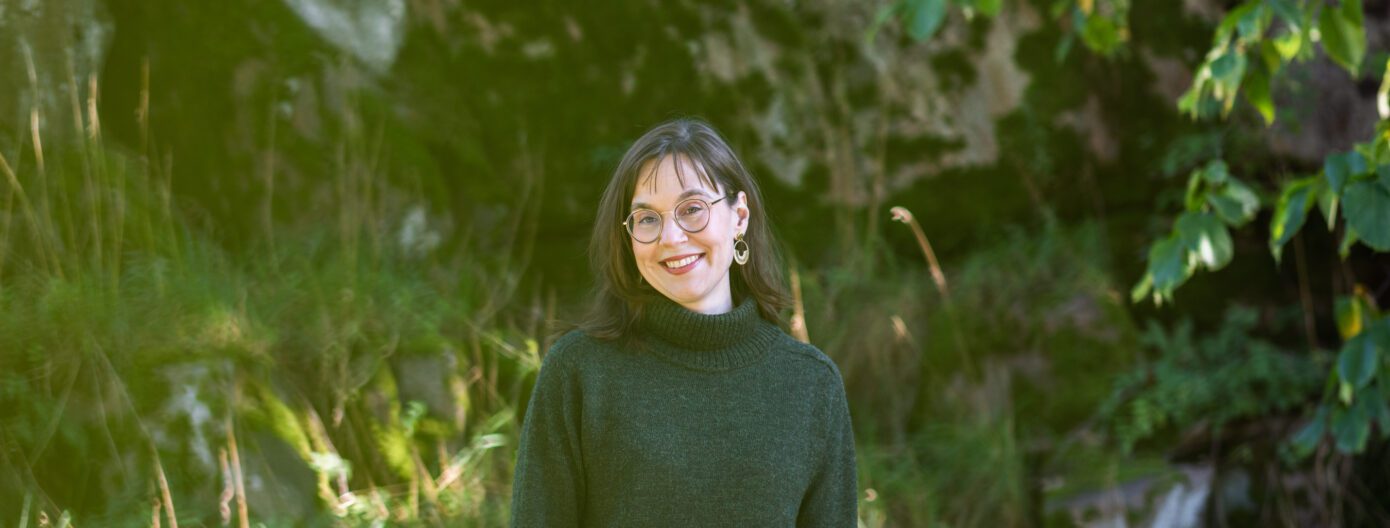The Nessling Foundation’s general funding call sought innovative projects and active researchers and actors that enable or support sustainability transformation that protects natural systems. Did we find them? The Science and Executive Director Iina Koskinen explains what the sustainability transformation looks like after reading 586 applications.
Text: Iina Koskinen
This autumn, our multidisciplinary expert committee was presented with a record 586 applications in our general call. Identifying the real gems among them proved far from easy. We were looking for applications with potential for transformation: research or action that help us better understand or create the sustainability transformation that protects natural systems. A project stood out especially well when we could identify some kind of seed from which a pathway towards a more systemic transformation could be built.
I believe we succeeded in selecting a diverse set of projects for funding that supports the sustainability transformation on multiple levels – on structural, operational, cultural and value-based levels. We also funded research that leans more toward basic science and deepens our understanding of the issues.
At the same time, many excellent projects were left without funding, as we were only able to support around 5 % of applicants. Given the urgency of the sustainability transformation, I sincerely hope that many of these proposals will secure funding from elsewhere.
Although sustainability transformation is the common thread running through the projects we fund, I would not do justice to the unique people behind them by describing the projects as a single, uniform mass or forcing them into one mould. More detailed descriptions of the projects can be found in the ‘Funded projects’ section of our website. At the same time, certain themes also emerged, and these are described in more detail in this article.
Research alone will not drive the sustainability transformation – communication about the findings is essential
For the Nessling Foundation, it is important that the research we fund results not only in high-quality science, but also in activities that accelerate the sustainability transformation. We have placed particular emphasis on the interaction and communication plans in the projects selected for funding. We have also sought to identify those researchers and actors who are keen to develop their skills to advance the sustainability transformation through collaboration, dialogue, and impactful communication. However, we do not leave researchers to tackle this task on their own – on the contrary, here at the office we are eagerly looking forward to getting to know our new grant recipients and starting our collaboration for the sustainability transformation.
How were the funded projects selected?
With my background in philosophy, I can’t resist painting the following picture:
Raphael’s School of Athens depicts a moment in which the great thinkers of science, art, philosophy and religion gather to reflect on how human beings can understand the world and themselves. In the painting, Plato points towards the heavens, to the world of ideas, while Aristotle gestures down to the ground, emphasising observation and experience. Between them lies a tension between thought and action that has lasted for centuries.
If you can picture this scene with a small twist – a group of sustainability experts in a slightly more mundane meeting room, you may get a sense of my experience of the first meeting of the Nessling Foundation’s expert committee. The experts are responsible for assessing the applications received, identifying the projects with the greatest transformation potential, and presenting a list of proposed grant recipients to the Board of the Nessling Foundation.
Now that some time has passed since the meeting and I look back at the funded projects as a whole, I feel both joy and pride. We succeeded in putting together an impactful overall group of projects. The greatest thanks for this, however, go to our wonderful new grantees, who through their project plans showed us what most urgently needs to be researched and done to bring about a fundamental transformation.
The author Iina Koskinen is the Science and Executive Director of the Nessling Foundation
- Funded projects
- How does Nessling Foundation select projects for funding?
- Results from the Murros-call will be published 3 December

